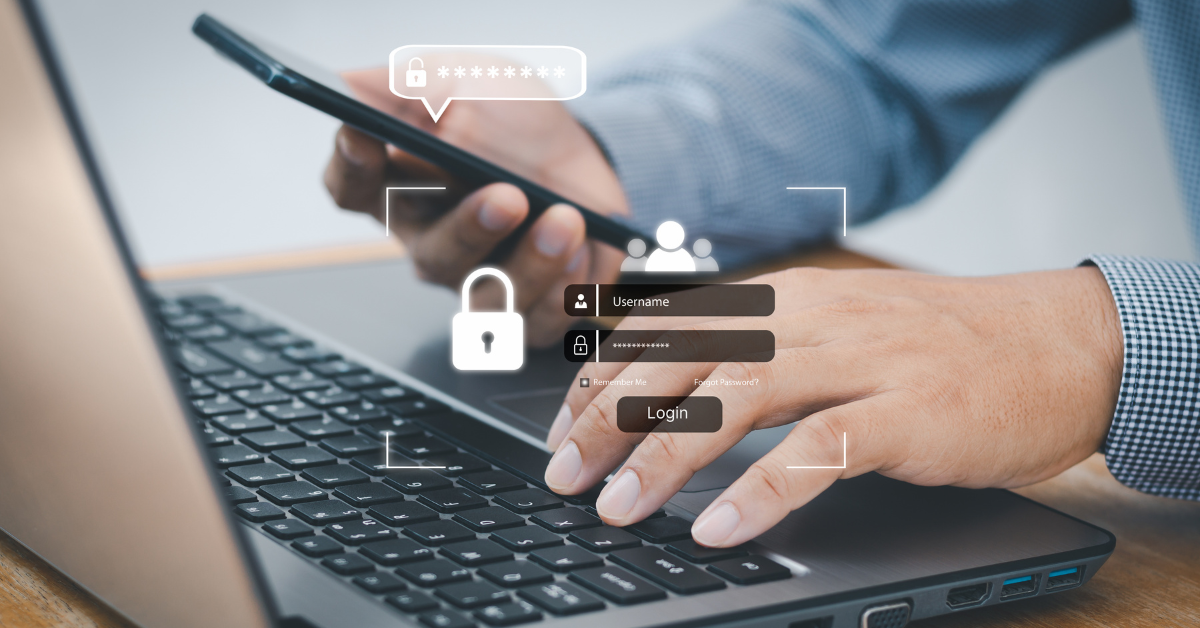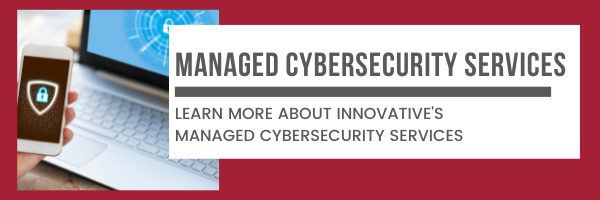Addressing Managed Two-Factor Authentication Concerns
You're not alone if you’ve hesitated to implement managed two-factor authentication (2FA) in your business. While 2FA use has increased among adults year over year, some businesses have yet to implement the extra layer for their logins companywide.
If this applies to your business, this article is for you. You have questions or concerns, and it’s our job to answer them so you can make informed decisions about your technology and cybersecurity. Let’s directly address some managed 2FA concerns and explain why this service is so crucial.
Before we begin, we will note our bias as an IT company. We’re always pushing our clients to adopt managed 2FA if they haven't already done so. We know how important and, in some cases, necessary it is that this solution be implemented and managed. 2FA is an IT best practice in today’s world, and it, along with the threats it protects against, isn’t going anywhere.
Also, this article will generally refer to a managed two-factor authentication solution, not necessarily a free one. Managed 2FA that leverages a paid 2FA application license allows for stronger enforcement, more efficient implementation and the ability to solve problems and access devices when things go wrong.
What is managed two-factor authentication?
Managed two-factor authentication is when your IT partner, which could be an outsourced partner or internal IT department, installs, configures and administers your 2FA solution. Having your 2FA solution managed will help close any gaps in its usage and lead to quick resolutions when something goes wrong.
A lot of the work done with a managed 2FA solution tends to come on the front end during implementation. Instead of unleashing the Wild West on your business and having every employee attempt to set up their own 2FA for each login, your IT partner can come in and configure the same solution for everyone, assisting and educating each member of your team so they have a properly configured authenticator app or hardware token (more on this later).
To learn more about two-factor authentication, check out our article about it.
“It takes too long to log in.”
One of the most common complaints about 2FA is that logging in requires too much extra time and effort. You’re used to typing your password, hitting enter and moving right along. With 2FA, there’s an additional step in the process. It’s definitely an adjustment.
Let’s think of it like this: those extra couple of seconds it takes you to log in are tiny investments in your cybersecurity. Plus, with managed 2FA, all of your 2FA notifications for work will live under one roof, eliminating some of that extra back-and-forth that bothers people so much in the first place.
Once you get used to clicking that push notification while logging in, you'll never turn back. Like anything else, it becomes routine. Those extra couple of seconds of your day go a long way toward reducing the likelihood of downtime or a cybersecurity incident.
“It’s too expensive.”
Budgets are tight, and we feel and understand that. It might not be easy to imagine another technology cost in addition to all the other bills you have to pay. Let’s take a look at the numbers.
According to the 2021 edition of IBM Security and Ponemon Institute’s data breach report, the average data breach cost for small businesses (fewer than 500 employees) was $2.98 million. Now, if you consider that budgets are tight, and you face a data breach that costs even a fraction of that $2.98 million, that’s a substantial loss.
You might be asking what’s wrong with the free 2FA solutions out there. While those can be great for personal use, your security and your time at work are far too valuable. If you’re working with a free 2FA solution, you might save a few bucks, but you’ll be out of luck if something breaks. Your IT partner can’t put your 2FA solution in bypass mode if they don’t manage it.
Remember, you’re not just investing in the technology; you’re also investing in the people and the process.
“My business is too small to be considered a target.”
Even if you run a successful small business, it can probably feel like you’re somewhat anonymous in the grand scheme of things. Countless corporations, organizations and government entities out there are significantly more valuable, so why would someone go after your business? Unfortunately, this is the exact attitude hackers want you to have.
They want you to let your guard down so they have a way in. Many larger businesses and organizations have adopted advanced cybersecurity measures to avoid those large-scale losses we mentioned earlier, and while they are still regularly targeted, it’s usually a better use of a cyber attacker’s time to go after businesses that aren’t trying to stop them, which generally winds up being a small business like yours.
Without a properly implemented 2FA solution, the bad guys will bang on your door until it falls off the hinges. In technology terms, this is called a brute force attack, where hackers use excessive trial and error to crack your passwords.
With a managed 2FA solution as part of a larger cybersecurity stack, you can add a layer of password protection and receive reports when the bad guys come knocking on the door. This helps keep you informed while demonstrating these services' value and necessity.

“I don’t want to use my own device for this.”
While some of us have loaded our smartphones with every app we’ll ever need, both for personal and professional use, some would prefer to set boundaries and keep those worlds separate. This is understandable, and it isn’t a deal breaker for 2FA.
Those who don’t want to use their own device can purchase a hardware security token, which is a small device similar in size to a thumb drive. These tokens supply encrypted security keys either through a digital display or directly to the device, providing users with that second form of authentication.
Remember that while this is an option, you now have another device to keep track of, which might not be ideal for everyone. A hard token is more likely to be lost or left at home than a cell phone.
2FA Best Practices and Your IT Partner
While there are plenty of free versions of 2FA software out there (which are great for protecting your personal accounts), we recommend your business has its 2FA solution implemented and managed by your IT partner. This will help ensure you follow best practices, and they can step in if anything goes wrong.
Remember, this stuff isn’t going anywhere anytime soon. Talk with your IT partner about 2FA now. They can help you plan its implementation, and you can go ahead and start those new login routines.




